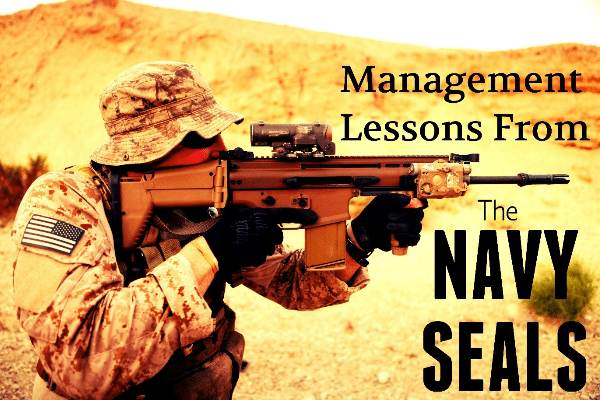
After reading the book “Extreme Ownership: How US Navy SEALs Lead and Win,” I was in awe of the tools and strategies used by one the world’s elite forces to succeed in the most hostile environments. From taking decisions in the midst of heavy bombing to executing missions in IED (Improvised Explosive Device) laid areas, managing a team of high performing Navy SEALs is a task every SEAL Commander must master.
The corporate world can’t be directly compared with a battlefield, where every decision makes the difference between life and death, yet we can draw parallels between the two arenas. This is because of two reasons – first, it involves leading people successfully towards a per-ordained mission and secondly, it involves managing resources effectively and performing at peak levels. Below are eight powerful strategies Navy SEALs use to perform at peak levels.
1. Conduct Pre-mortem and Post-mortem:
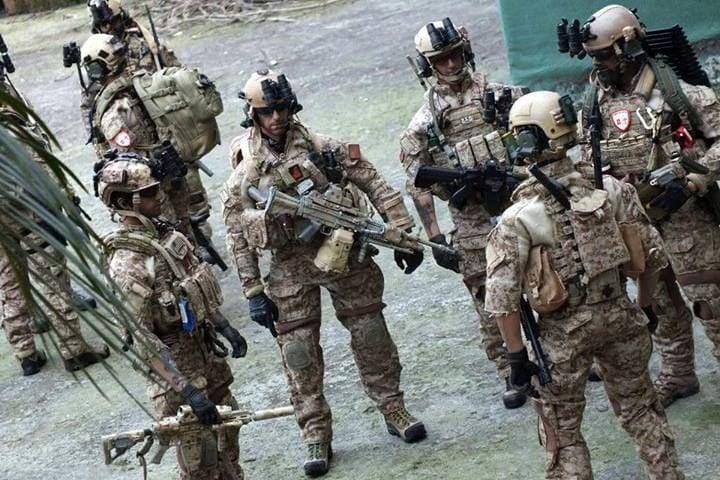
2. Train when not on a Mission:
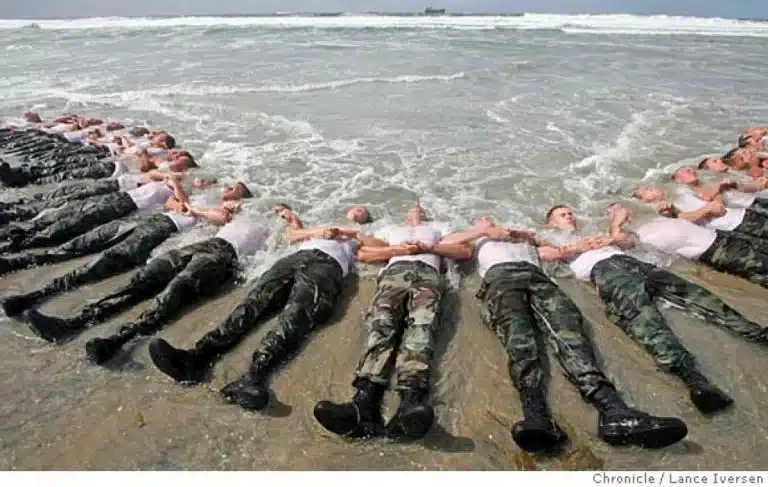 When SEALs are not executing missions they are busy training. They find ways to up their skill levels, either playing games to sharpen their reflexes or learning new warfare techniques to succeed in tough missions. In the movie Zero Dark Thirty, the Navy SEAL team is shown playing games a day before they went on the mission to raid Osama Bin Laden’s suspected house. One of the Navy SEALs in the movie was listening to Tony Robbins’s motivational tapes in the helicopter while on the way to raid the house. They believe in continuous mental and physical conditioning to become the best in their domains.
When SEALs are not executing missions they are busy training. They find ways to up their skill levels, either playing games to sharpen their reflexes or learning new warfare techniques to succeed in tough missions. In the movie Zero Dark Thirty, the Navy SEAL team is shown playing games a day before they went on the mission to raid Osama Bin Laden’s suspected house. One of the Navy SEALs in the movie was listening to Tony Robbins’s motivational tapes in the helicopter while on the way to raid the house. They believe in continuous mental and physical conditioning to become the best in their domains.
3. Navy SEALs avoid “Blue on Blue”:
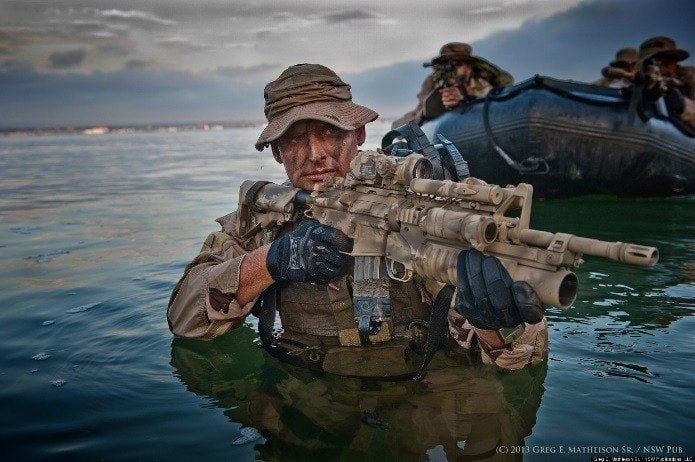
4. “Cover and Move”:
Navy SEAL teams support each other while moving through the battle zone. One team provides cover from enemy fire for the other team to advance in the right direction. Once the team has advanced, this team provides cover to the team that was giving cover initially. That’s how the teams advance and support each other. There is no one-man army in the Navy SEAL team. They must execute missions with teams supporting each other throughout.
5. Hell Week:
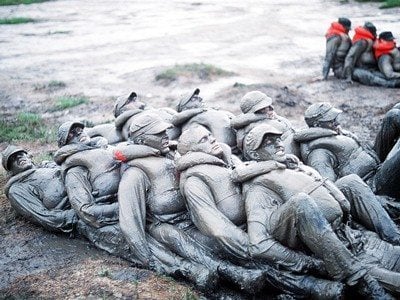
6. Develop “Front-Sight Focus”:
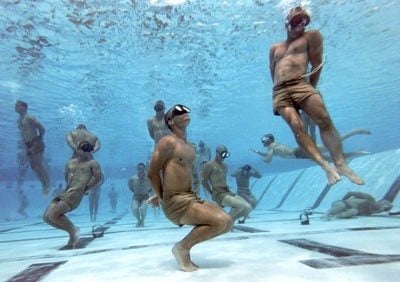
7. “Prioritize and Execute”:
While executing missions in war zones, Navy SEALs must prioritize their actions by consistently asking questions like:
- “Will this target give a high return on investment?”
- “How important is it for the success of the overall mission?”
- “Is the time optimal for engaging with the target?”
Prioritizing enables SEAL teams to be effective. They can’t afford to engage with just any target that comes their way; they chose their battle effectively.
8. Decentralize Command:
The Navy SEAL CO (Commanding Officer), with other political and defense leaders, craft a strategy that is then shared with tactical SEAL Teams deployed in war zones for execution. The leadership teams know that they can’t make all of the decisions for the Navy SEAL team deployed, hence they decentralize command by entrusting the teams below them to take their own decisions. They communicate the leader’s intent with the strategy and then act as a support to the execution teams. The leaders trust their team to make adjustments and adapt to the changing environment.
After spending days researching and taking notes on Navy SEALs, I am fascinated by the level of commitment and drive such Special Forces showcase. It was indeed exciting to read battlefield stories of grit and courage that touch your heart and make you believe in the potential you have.
But as we say, true learning begins when you apply what you learn. Share the article with your friends, colleagues and bosses, and spread the leadership wisdom across your influence circle.




